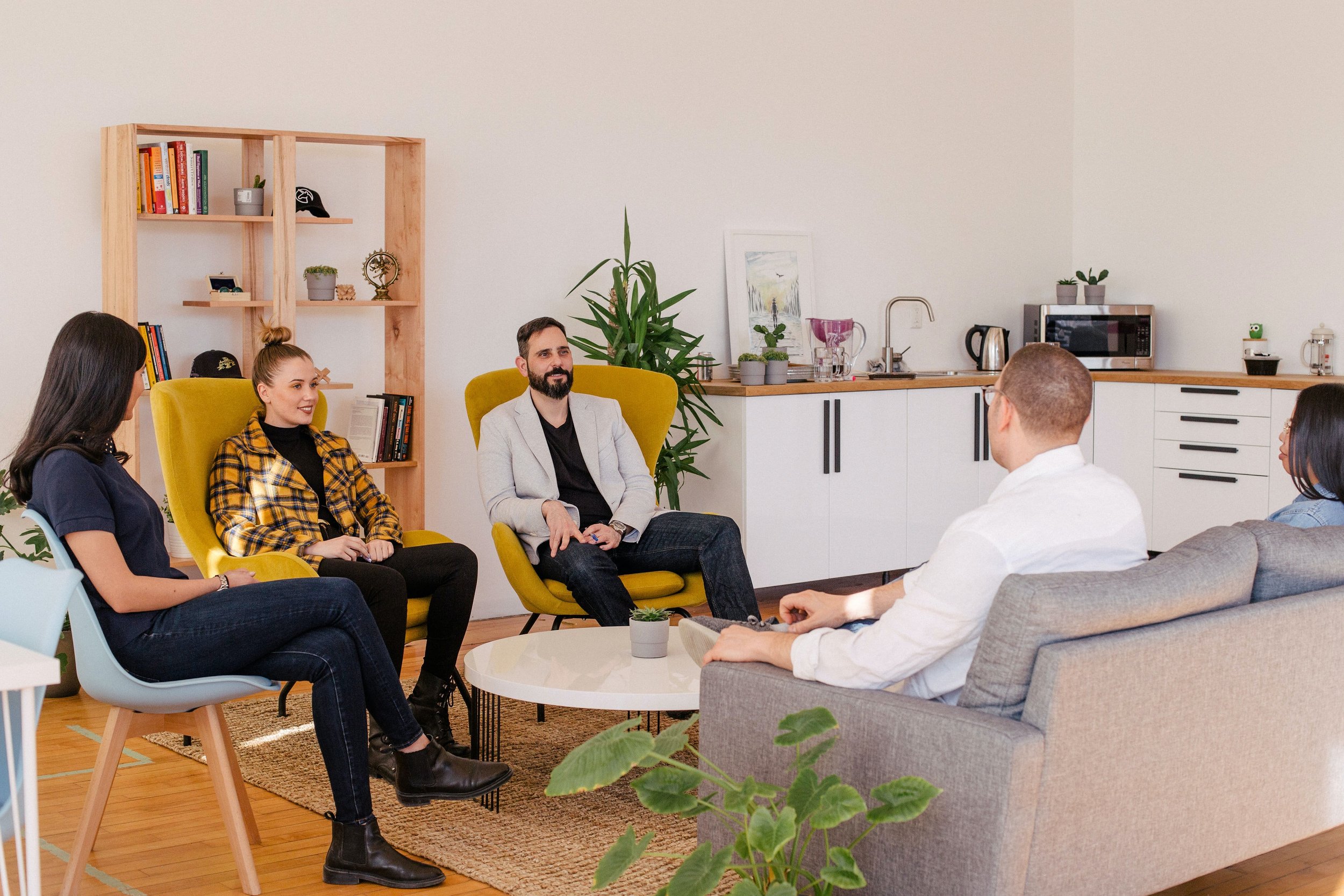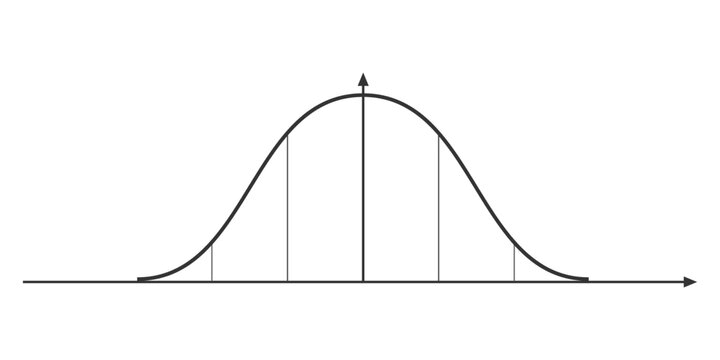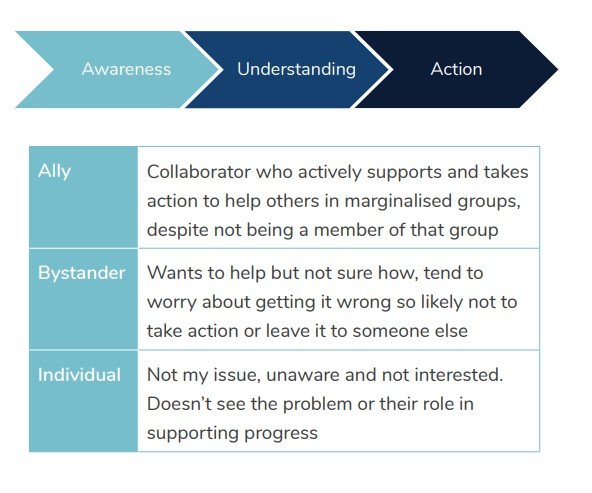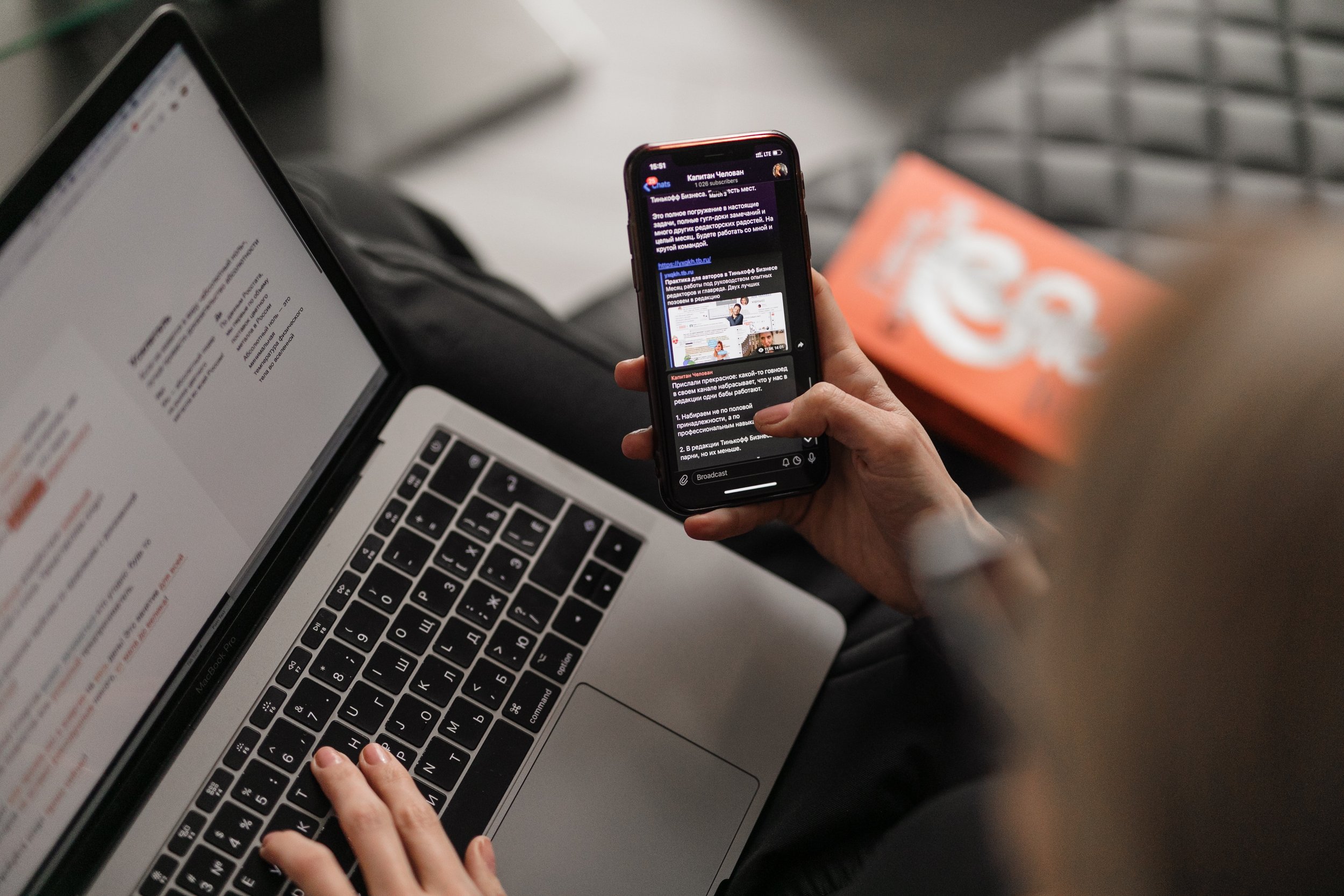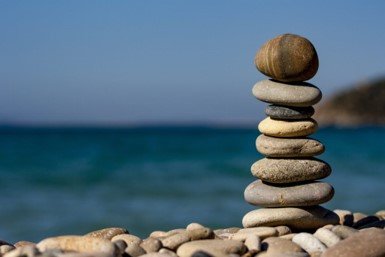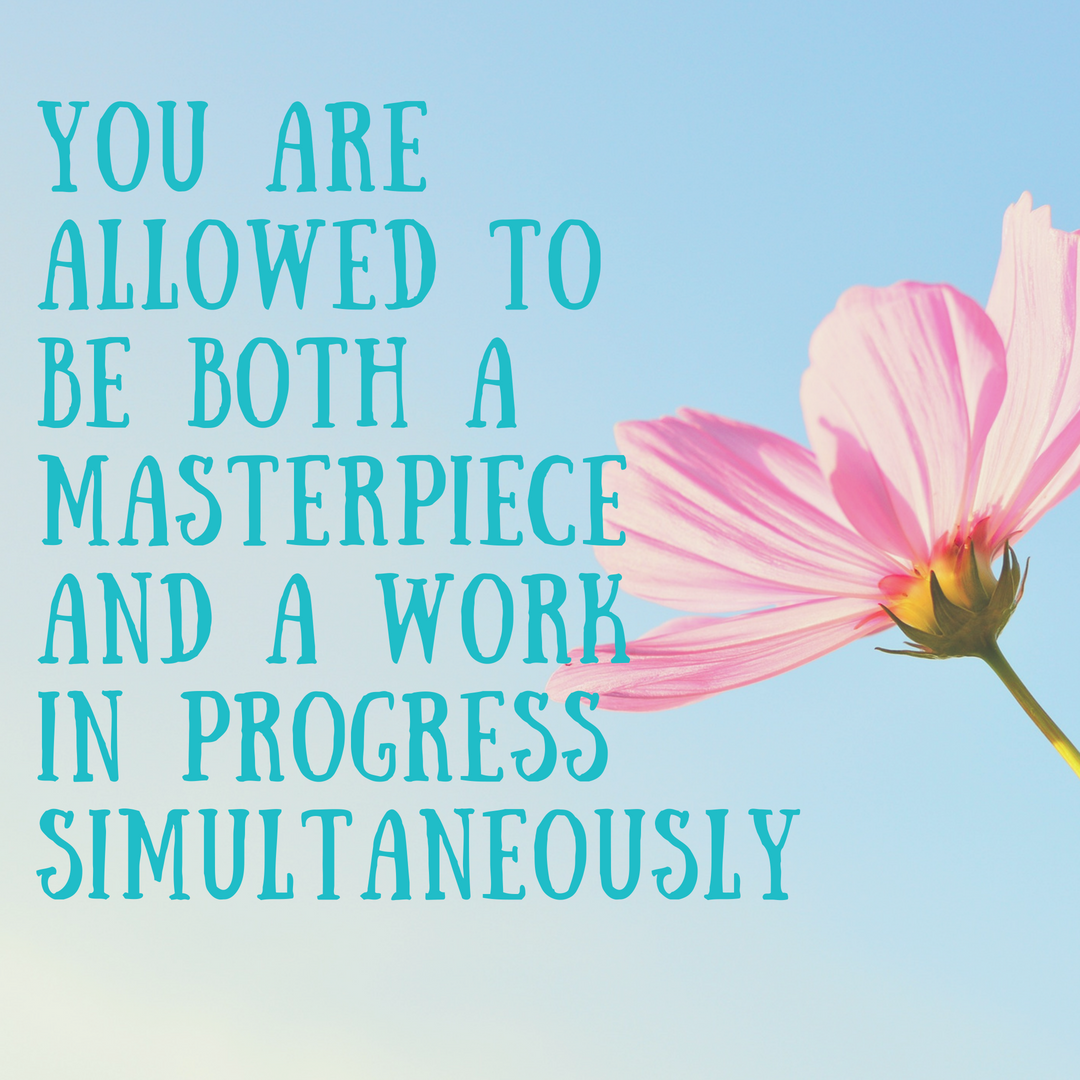I was talking about the role of allies at a recent WIL event. Some of the stories that emerged were not always about needing other genders to be allies but how we as women treat each other. As women I’ve always believed we need to lift as we climb and support each other on our journeys but this doesn’t always happen, why?
There’s a few reasons at play:
Lack of representation: In some cases, there may be so few women in leadership positions that there is a scarcity mentality around women's leadership. This can create a situation in which women feel like they have to compete with each other for a limited number of opportunities. We can also see other women as competition sometimes and a threat to our own career advancement, especially if we feel there’s a limited number of roles for women to go around. This leads to us being rivals not allies to each other.
These behaviours can also come from an assumption that women need to be more aggressive and look after number one in a bid to be more authoritative, or adopt a more masculine style of leadership so many of us have had role modelled over the years. We might dim our femininity in a bid to be taken more seriously as a leader or fit in around a table dominated by men.
And of course we can’t over look the role of internalised sexism: Women, like men, can be socialised to believe in gender stereotypes that portray women as less competent, less decisive, and less deserving of leadership positions than men.
Regardless of what plays into it my view is that when women behave in this way it comes from a place of fear, insecurity and scarcity. Either because they’ve had it hard or feel there’s not enough leadership roles for women to go around and feel patch protection of their own place. Above all though it’s likely to come from their own insecurities and feelings they’re not good enough or don’t belong.
It is my firm belief that we are stronger together than we are apart. Collaboration is such an important part of our success and yet we’re taught to compete with each other as women and that our success should be at the expense of someone else’s.
It’s led to the term ‘Queen Bee’ meaning one who has succeeded in her career, but refuses to help other women do the same. But it’s not just the scarcity mind-set that feeds this behaviour. Lack of self-awareness can play a major role. Competitive threats or simply the feeling that if I had to do it tough so should you.
Sadly there are examples of good people and not so good people in our work regardless of gender. Examples of those with EQ and those who lack that awareness and emotional agility – again regardless of gender.
We should also not underestimate the decades of role modelling and masculine leadership styles we’ve been exposed to either. For some women there is still a sense of feeling like we need to be more like men and more aggressive to be taken seriously or succeed. They are fearful of been seen as too soft or weak so go way too far in the other direction in a bid to be seen as ‘leadership material’.
But most of what I’ve witnessed and researched leaves me to conclude that much of the Queen Bee behaviour comes from women’s own insecurities. Those who are scared to death of getting ‘found out’ or exposed as not being up to leadership roles, not belonging in the workplace and at this senior table dominated by men.
We know the leadership journey is more difficult for women and it doesn’t stop when they arrive either. So whilst these women may have it hard that’s still no excuse for queen bee behaviour. We’re in a position to help them understand what it’s been like for us and mentor them through the journey they’re on that we’ve already taken. This doesn’t mean we’re being soft or weak, in fact it’s a strength of a leader if we can help others develop and succeed.
Leaders can be firm but fair without needing the aggression or sabotage often see by Queen Bees. Firm but fair looks like; High expectations, holding you to account, feedback and suggestions for ways you can improve, expecting delivery as per your role and wanting the best from you. However, Queen Bees often over step the mark and when the line is crossed this can manifest as bullying.
Glorified by movies like The Devil Wears Prada and books like Nice Girls Don’t Get the Corner Office there was a pressure for women to need to be less feminine to succeed, to be less like a woman if you wanted to be a leader and to disregard kindness, collaboration, authenticity and some of the things we now know to be so critical.
In 1974, an article published in Psychology Today quoted (Tavris): “There is a group of antifeminist women who exemplify what we call the Queen Bee syndrome … The true Queen Bee has made it in the “man’s world” of work, while running a house and family with her left hand. “If I can do it without a whole movement to help me,” runs her attitude, “so can all those other women.”
But back in the 70’s the fierce and feared leadership style was favoured regardless of gender, a point Sherly Sandberg makes; “Women aren’t any meaner to women than men are to one another. Women are just expected to be nicer. We stereotype men as aggressive and women as kind. When women violate these stereotypes, we judge them harshly,” the Facebook COO wrote in The New York Times, 2016.
So perhaps it’s the simple fact that some people are nice and others not so much – regardless of gender. We all have examples of leaders we’d work with again in a heartbeat, and examples of those who’ve scared us for life and those examples include all genders.
So whilst nightmare bosses will always exist regardless of gender, being able to lead ourselves and support others in the process and stand in our power is crucial. To feel confident enough to not need to be different or tougher or more masculine aids our strength as a leader. This also puts us in a prime position to help others succeed, to mentor, inspire others, help those that need it and lift as we climb.
In the spirit of collaboration and my firm belief that we are stronger together than we are apart, I enjoy bringing women together to share their wisdom to help inspire, motivate and empower each other.
Summed up perfectly in this whakatauki - He waka eke noa. We’re all in this together (all in the same boat) and I believe we’re more powerful together than we’ll ever be apart.
Find out more about my gender equity work and bringing my popular women’s leadership programme into your organisation.

